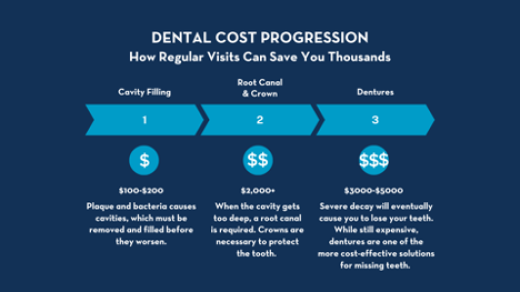10 Feb Here’s What You Really Need to Know About Portion and Serving Sizes
A recent survey from the International Food Information Council (IFIC) asked 1,000 Americans whether they know the difference between serving size and portion size. In addition to exploring whether participants knew the difference between these two terms, the researchers were also interested in understanding the reason for wanting to manage how much Americans eat. The difference between what Americans think they know and what Americans actually know is eye opening.
The Difference Between Serving Size and Portion Size
The results of the research reveals that nine out of ten Americans (91%) stated that they had some understanding of serving size and portion sizes. However, when given a list of possible definitions, less than half of the participants selected the correct answer. Roughly 46% thought that serving sizes were defined by the company that created the product instead of the correct definition, the Food and Drug Administration (FDA). Participants confused portion size, the amount one chooses to eat in one sitting, with serving size, which is the standardized amount of a food or beverage that people typically consume in one sitting. Serving sizes, which appear on the Nutrition Facts label, are defined by the FDA, a government agency, and are based on studies of the eating habits of adults and children. These are then used to determine the nutrient information, such as calories and grams of carbohydrates, per serving.
Understanding Serving Sizes
Serving sizes are not recommendations for how much to eat, however the research revealed that many Americans do use it as such a guideline. Participants were asked how often they purposefully try to eat close to their serving size listed on the package and about half responded that they frequently or sometimes do. It’s important to note that each person, depending on their age, gender, activity level, and health goals, have individualized nutrient needs and portion sizes will look different for each person.
Why Control Portions?
Thirty six-percent of respondents stated that they control portions to lose weight, 30% use it to help avoid eating too much of certain foods, and 26% said it helps them to know how much they should be eating or drinking. When asked how they limit portions, answers included limiting distractions while eating, eating more slowly, or using smaller bowls and plates to reduce portion sizes. Check out my own tips on mindful eating if you are interested in learning more about it.
Interestingly, not everyone is focused on paying attention to portion sizes. People over the age of 45 years and those earning less than $40,000 per year are less likely to pay attention to how much they eat. Nearly 71% of participants said they don’t want to be too restrictive with their food and beverage intake and 33% said it is more important to them not to waste food than to have the right portion size.
Bottom Line
There is a lot of misinformation regarding serving and portion sizes. FDA regulates the serving sizes on packages which also help folks compare like portions on food labels. Portion size is how much someone chooses to eat in one sitting and understanding portions can help with weight loss or weight management efforts. .
Results from the survey by IFIC can be downloaded here. They provide an insight into how dietetic professionals can educate consumers on the differences between serving sizes and portion sizes so that each individual can fuel their body based on their own needs and not just what is on a food label.







